Strange Impressions 296442
Код товару: 296442Паперова книга
-
ISBN9781644230824
-
Бренд
-
Автор
-
СеріяEkphrasis
-
Рік2022
-
МоваАнглійська
-
ІлюстраціїКольорові
-
ЖанрМемуари, Мистецтвознавство
Selections from Romaine Brooks’s unpublished memoir No Pleasant Memories expose the psyche and practice of this underrecognized queer, female artist.
Most known for her bold and darkly painted portraits, Brooks was revolutionary in her feminist renderings of women in resistance. Openly queer, she challenged conceptions of gender and sexuality in her art, which also served as her refuge. While many of her male counterparts were disfiguring and cubing their subjects—often women—Brooks gave personhood and power to the figures she painted. Her frank approach to her complicated relationship with her mother, faith, wealth, sexuality, and gender is complemented by a keen wit that echoes the gray tones of her work.
Though her paintings are held in major collections, Brooks’s influence in modernist circles of the early twentieth century is largely underexplored. This new publication, guided by Brooks’s own impressionistic musings, bridges an important gap between the art and the artist. An introduction by Lauren O’Neill-Butler explores Brooks’s role as an artist in the early twentieth century through the lens of gender and sexuality.
Most known for her bold and darkly painted portraits, Brooks was revolutionary in her feminist renderings of women in resistance. Openly queer, she challenged conceptions of gender and sexuality in her art, which also served as her refuge. While many of her male counterparts were disfiguring and cubing their subjects—often women—Brooks gave personhood and power to the figures she painted. Her frank approach to her complicated relationship with her mother, faith, wealth, sexuality, and gender is complemented by a keen wit that echoes the gray tones of her work.
Though her paintings are held in major collections, Brooks’s influence in modernist circles of the early twentieth century is largely underexplored. This new publication, guided by Brooks’s own impressionistic musings, bridges an important gap between the art and the artist. An introduction by Lauren O’Neill-Butler explores Brooks’s role as an artist in the early twentieth century through the lens of gender and sexuality.
610 ₴
Відправимо 17.11
-
Нова ПоштаБезкоштовно від
3'000,00 ₴ -
УкрпоштаБезкоштовно від
1'000,00 ₴ -
Meest ПоштаБезкоштовно від
3'000,00 ₴
Характеристики
- Бренд
- Вага, г150
- Автор
- СеріяEkphrasis
- КатегоріяКультура та мистецтво
- Рік2022
- Сторінок144
- Формат110х180 мм
- ОбкладинкаМ'яка
- Тип паперуОфсетний
- МоваАнглійська
- ІлюстраціїКольорові
- ЖанрМемуариМистецтвознавство
- Вік16+
Від видавця
Selections from Romaine Brooks’s unpublished memoir No Pleasant Memories expose the psyche and practice of this underrecognized queer, female artist.
Most known for her bold and darkly painted portraits, Brooks was revolutionary in her feminist renderings of women in resistance. Openly queer, she challenged conceptions of gender and sexuality in her art, which also served as her refuge. While many of her male counterparts were disfiguring and cubing their subjects—often women—Brooks gave personhood and power to the figures she painted. Her frank approach to her complicated relationship with her mother, faith, wealth, sexuality, and gender is complemented by a keen wit that echoes the gray tones of her work.
Though her paintings are held in major collections, Brooks’s influence in modernist circles of the early twentieth century is largely underexplored. This new publication, guided by Brooks’s own impressionistic musings, bridges an important gap between the art and the artist. An introduction by Lauren O’Neill-Butler explores Brooks’s role as an artist in the early twentieth century through the lens of gender and sexuality.
Most known for her bold and darkly painted portraits, Brooks was revolutionary in her feminist renderings of women in resistance. Openly queer, she challenged conceptions of gender and sexuality in her art, which also served as her refuge. While many of her male counterparts were disfiguring and cubing their subjects—often women—Brooks gave personhood and power to the figures she painted. Her frank approach to her complicated relationship with her mother, faith, wealth, sexuality, and gender is complemented by a keen wit that echoes the gray tones of her work.
Though her paintings are held in major collections, Brooks’s influence in modernist circles of the early twentieth century is largely underexplored. This new publication, guided by Brooks’s own impressionistic musings, bridges an important gap between the art and the artist. An introduction by Lauren O’Neill-Butler explores Brooks’s role as an artist in the early twentieth century through the lens of gender and sexuality.
Зміст
Вибрані з неопублікованих мемуарів Ромен Брукс No Pleasant Memories розкривають психіку та практику цієї невизнаної квір-художниці.
Найбільш відома своїми сміливими та темними портретами, Брукс була революціонеркою у своїх феміністичних зображеннях жінок, які чинили опір. Відкрито квір, вона кинула виклик концепціям статі та сексуальності у своєму мистецтві, яке також служило її притулком. У той час як багато її колег-чоловіків спотворювали та обдирали своїх підданих—часто жінок—Брукс надавала особистості та влади фігурам, які вона малювала. Її відвертий підхід до складних стосунків з матір’ю, вірою, багатством, сексуальністю та статтю доповнюється гострою дотепністю, яка перегукується з сірими тонами її творчості.
Хоча її картини зберігаються у великих колекціях, вплив Брукс у модерністських колах початку двадцятого століття в основному недостатньо вивчений. Ця нова публікація, керуючись власними імпресіоністичними міркуваннями Брукса, долає важливий розрив між мистецтвом і художником. Вступ Лорен О'Ніл-Батлер досліджує роль Брукса як художника на початку двадцятого століття через призму гендеру та сексуальності.
Найбільш відома своїми сміливими та темними портретами, Брукс була революціонеркою у своїх феміністичних зображеннях жінок, які чинили опір. Відкрито квір, вона кинула виклик концепціям статі та сексуальності у своєму мистецтві, яке також служило її притулком. У той час як багато її колег-чоловіків спотворювали та обдирали своїх підданих—часто жінок—Брукс надавала особистості та влади фігурам, які вона малювала. Її відвертий підхід до складних стосунків з матір’ю, вірою, багатством, сексуальністю та статтю доповнюється гострою дотепністю, яка перегукується з сірими тонами її творчості.
Хоча її картини зберігаються у великих колекціях, вплив Брукс у модерністських колах початку двадцятого століття в основному недостатньо вивчений. Ця нова публікація, керуючись власними імпресіоністичними міркуваннями Брукса, долає важливий розрив між мистецтвом і художником. Вступ Лорен О'Ніл-Батлер досліджує роль Брукса як художника на початку двадцятого століття через призму гендеру та сексуальності.

Strange Impressions
610 ₴



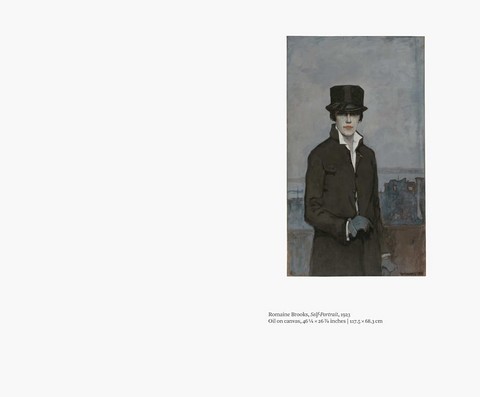

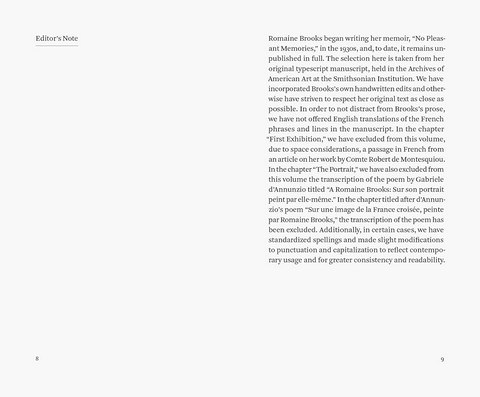

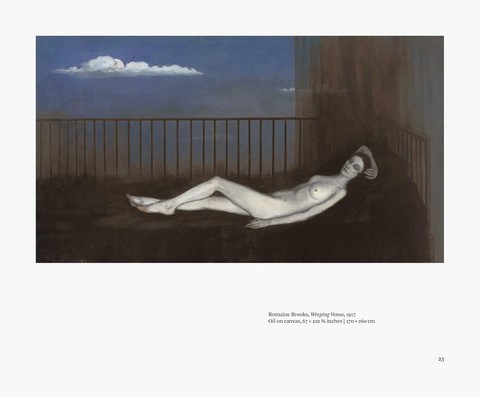











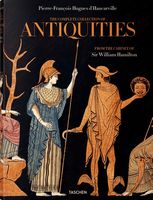


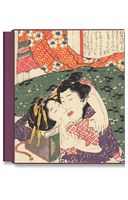
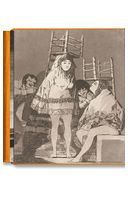

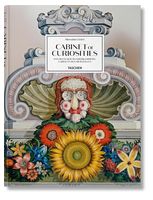







Відгуки про Strange Impressions